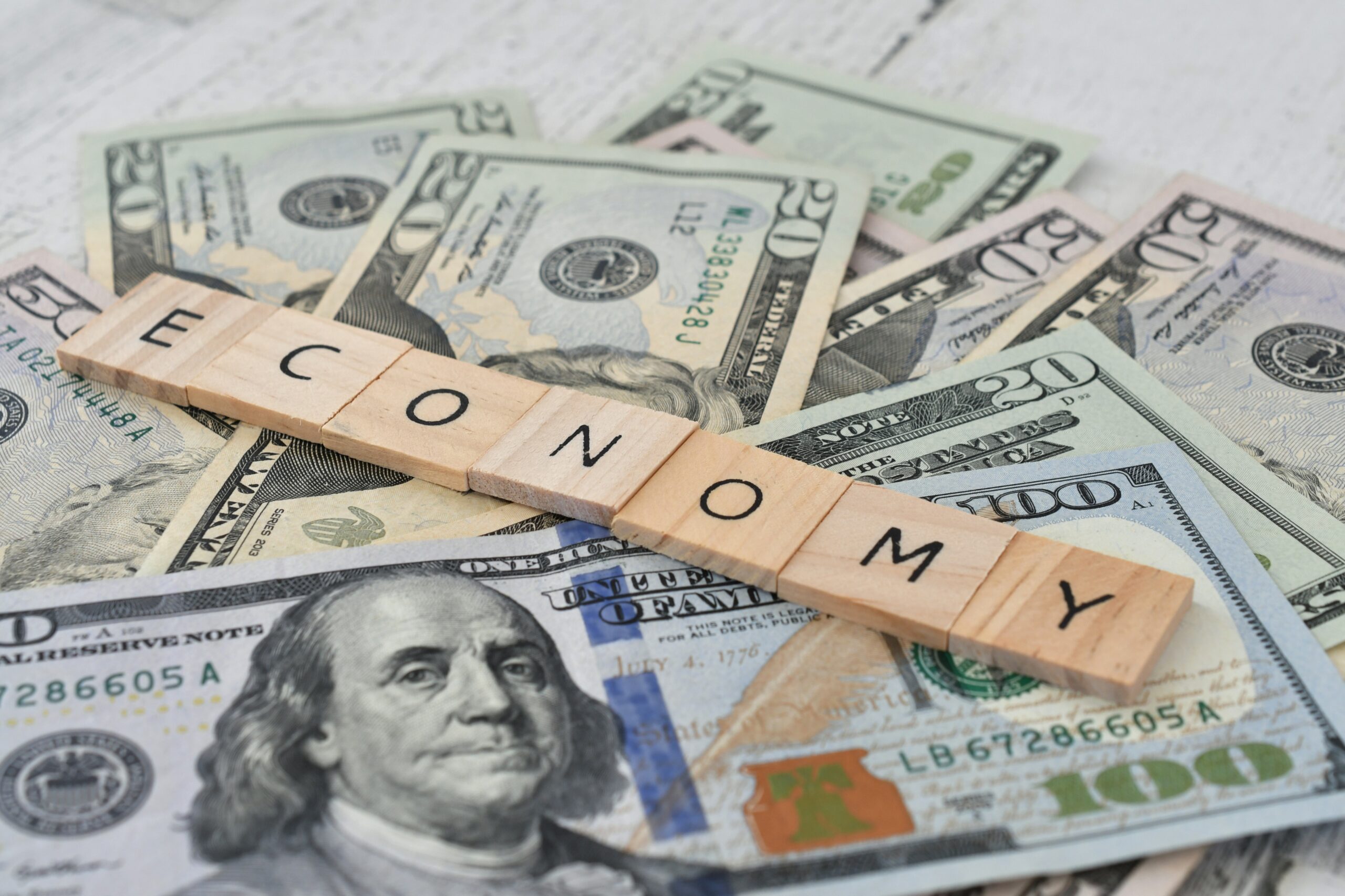Commodity-exporting developing countries often get a bad rap for having fiscal policies that seem to add more ups and downs to their economies. Typically, these countries spend more when commodity prices—and government revenues—are high, and cut back when prices drop. This is known as procyclical spending.
The usual advice? Keep spending steady no matter what’s happening with commodity prices—what economists call acyclical policy.
But here’s the thing: our recent research, published in the Review of Economic Dynamics, takes a fresh look at this issue. And we discovered that the “one-size-fits-all” approach might not always be the best answer. In fact, many countries don’t follow that advice—and sometimes, they actually have good reason not to.
A Fresh Way to Measure Fiscal Procyclicality: Meet the MPS
Most existing ways of measuring fiscal procyclicality don’t really take into account how big a country’s commodity sector is or how it connects to other sources of government revenue. So, we came up with something new: the Marginal Propensity to Spend (or MPS for short).
MPS tells us how much a government spends when it gets an extra dollar from commodity revenues. Based on data from 54 developing countries that export commodities, we found that, on average, governments spend about 25 cents of every additional dollar they earn from commodities. In other words, their fiscal policies are somewhat procyclical—not extreme, but definitely leaning that way.
Real-World Fiscal Policy Isn’t One-Size-Fits-All
When we looked closer, we saw that how countries manage their spending actually depends a lot on their unique situations—like their exchange rate setups and how long commodity price changes tend to last.
Here’s what we found:
-
Countries with fixed exchange rates are pretty cautious—they spend just 15 cents out of every extra dollar of commodity revenue. That’s close to being acyclical.
-
On the other hand, countries with flexible exchange rates spend about twice as much—30 cents per dollar—so their fiscal policies are more procyclical.
And there’s more. In flexible exchange rate countries, governments tend to spend even more when commodity price shocks are expected to last longer.
So this got us thinking: maybe these countries are actually adjusting their fiscal policies based on what works best for them—their exchange rate regime and how persistent the shocks are.
To dig deeper, we built a New Keynesian model of a small, open, commodity-exporting economy to explore what optimal fiscal policy would look like in different situations.
Why It Matters How Long Commodity Price Shocks Last
One big thing that the usual advice tends to miss? How long commodity price changes actually stick around.
If prices just bounce around for a short time, then the standard advice holds up—go with steady (acyclical) spending. But here’s the twist: in the real world, commodity price shocks usually last a while.
And when that happens, spending more in response might actually make sense.
Think about it this way: if a country sees a long-term jump in commodity prices, it’s basically getting a raise that could last for years. According to the Permanent Income Hypothesis (PIH), it’s smart to spend a good chunk of that windfall over time to keep things smooth and steady for people—rather than saving it all or cutting back later.
So, sometimes being a little procyclical isn’t a mistake—it’s just good planning.

Why the Exchange Rate Regime Really Matters
When it comes to setting smart fiscal policy, it’s not just about how long commodity price shocks last. Another big factor? The country’s exchange rate (ER) regime.
Here’s the idea: if a country has a flexible exchange rate, it can use monetary policy (like changing interest rates) to help keep the economy stable. That means fiscal policy doesn’t need to do as much of the heavy lifting. In these cases, governments can focus on smoothing out spending over time—just like the Permanent Income Hypothesis (PIH) suggests—so being procyclical can actually be optimal. And when price shocks last longer, it makes even more sense to spend more now.
But things are different for fixed exchange rate countries. These governments can’t use interest rates to cool things down during a boom because their central banks have to keep the currency stable. So instead, fiscal policy takes on the job of stabilizing the economy, often by spending less when revenues go up—basically doing the opposite of what flexible ER countries do.
We illustrated this with a model, and here’s what it shows in response to a lasting commodity price shock that boosts revenue by 1% of GDP:
-
In flexible ER countries (blue line), spending rises with revenues—about 60 cents of every extra dollar is spent (MPS = 0.6). That’s clearly procyclical.
-
In fixed ER countries (red line), spending actually dips at first before recovering gradually. So, overall, spending doesn’t really change much in the first year (MPS = 0), making it close to acyclical.
Fiscal Policy: What the Theory Says vs. What Actually Happens
Policymakers in commodity-exporting countries often get blamed for making their economies more unstable by spending too much during booms. But our research suggests that might be a bit unfair.
In fact, there’s some good news: many of these countries seem to be shaping their fiscal policies in ways that match what economic theory says they should be doing, based on their specific situations.
We looked at this more closely in Figure 2, which compares real-world data (dashed lines with shaded areas showing uncertainty) to what our model says is the “optimal” response (solid lines with circles). The results?
-
Both in theory and reality, countries with flexible exchange rates tend to be more procyclical than those with fixed exchange rates.
-
And the more persistent (long-lasting) the commodity price shocks are, the more procyclical flexible ER countries become.
That said, the numbers don’t line up perfectly in every case.
-
For fixed ER countries, the match between theory and reality is pretty close. The actual MPS falls within the expected range, and both suggest a fairly steady (acyclical) approach to spending.
-
But for flexible ER countries, the picture is more mixed. Some countries spend more or less than the model predicts, showing that there’s still a gap between ideal policy and real-world decisions in some places.





